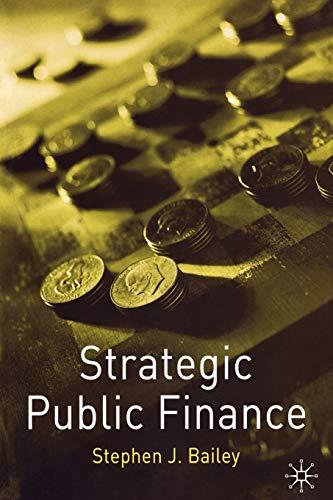Question
Firm ABC is selling 100,000 shares in its initial public offering (IPO). The investment bank it hires reaches out to its institutional clients to populate
Firm ABC is selling 100,000 shares in its initial public offering (IPO). The investment bank it hires reaches out to its institutional clients to populate the demand curve for the shares of Firm ABC; this is called the book building process. The investment bank receives the following orders:
Institution A: Buy 30K shares for no more than $18 per share;
Institution B: Buy 40K shares for no more than $16 per share;
Institution C: Buy 30K shares for no more than $14 per share;
Institution D: Buy 30K shares for no more than $12 per share;
Institution E: Buy 20K shares for no more than $10 per share.
Firm ABC will sell the 100,000 shares for no less than $10 per share.
a) Create a graph containing both the supply and demand curves. At which prices will the market clear? Which price would the investment bank choose such that all 100,000 shares are sold and the IPO price is maximized?
b) Suppose that there is a large retail trader who does not have access to any shares in the IPO. The retail trader would have been willing to submit an order to buy 40K shares for no more than $20 per share. Create a graph containing both the supply and demand curves if this retail order were included. At which price will the market clear? How much money is left on the table because this retail order was not included in the IPO, as per part (a)?
Step by Step Solution
There are 3 Steps involved in it
Step: 1

Get Instant Access to Expert-Tailored Solutions
See step-by-step solutions with expert insights and AI powered tools for academic success
Step: 2

Step: 3

Ace Your Homework with AI
Get the answers you need in no time with our AI-driven, step-by-step assistance
Get Started


